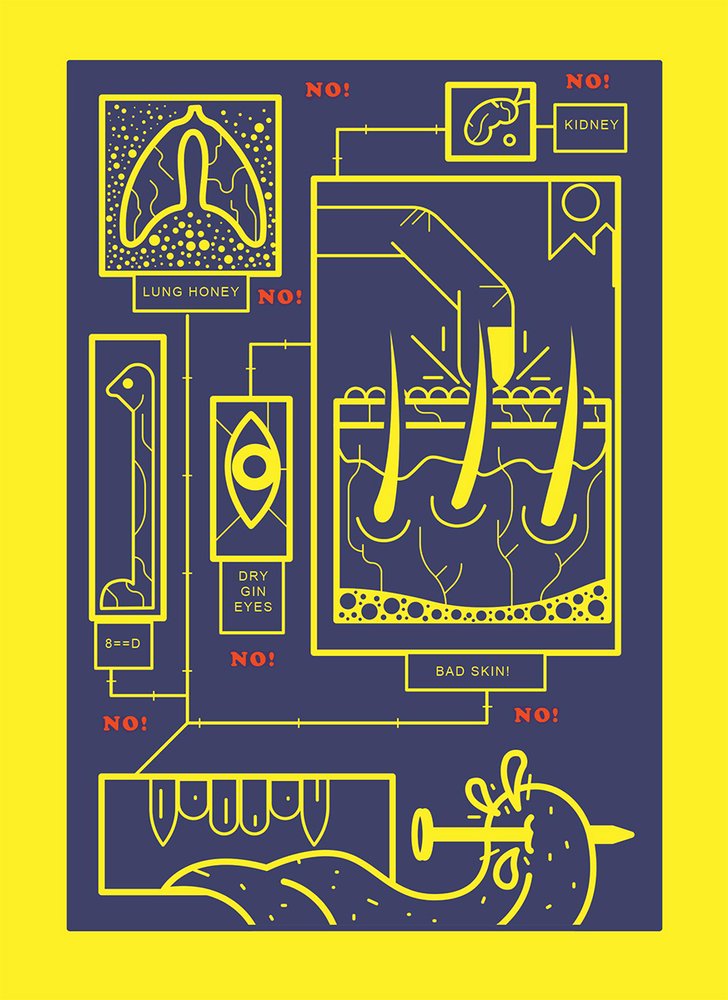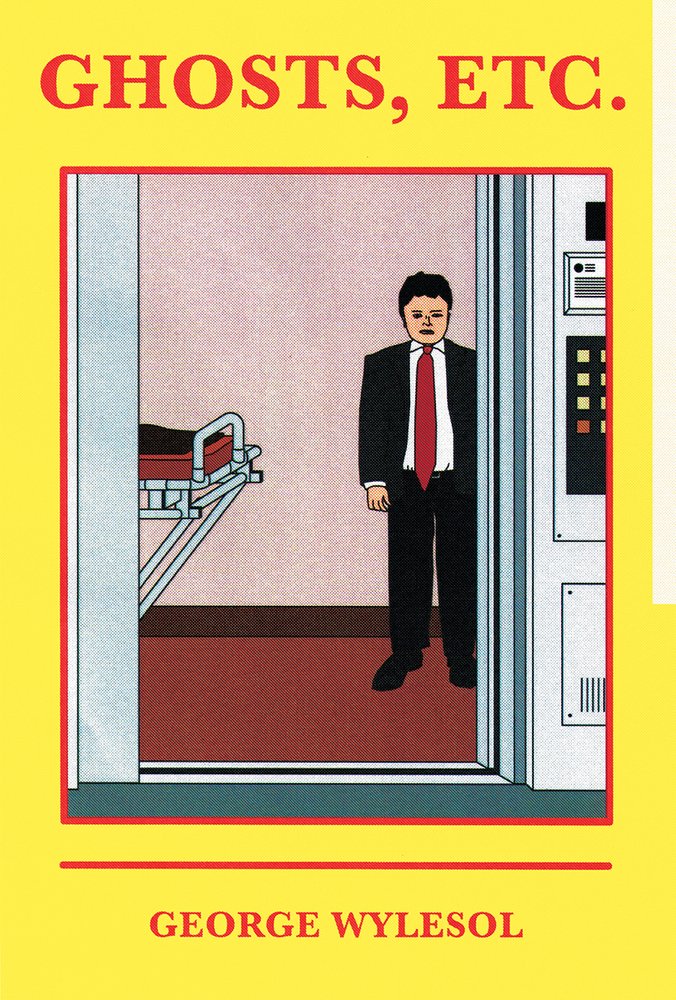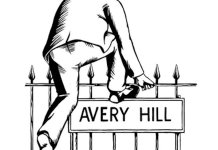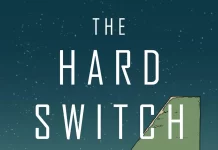George Wylesol’s Ghosts, Etc. is a poem, light and fleeting. It is a sheet hanging loosely in the wind over an ethereal body. It’s a poem dedicated to loneliness, to empty rooms and all the kinds of losses we experience (loss of time, place, faith and people). It is a festival of colour when no one is looking. It captures a feeling of uneasiness at the prospect of being alone effortlessly. It’s haunting.
Ghosts, Etc. is one of the newest released from UK-based publisher Avery Hill and the first graphic novel by George Wylesol, an American cartoonist from Philadelphia. His ideas come together and are executed fairly well in this collection. The book is comprised of 3 short stories, with Ghost being the main story included. We follow the tale of a man working in the tunnel system of a seemingly abandoned hospital beset by ghosts. He keeps seeing soft floating sheets around the corner of his eyes, just on the periphery, always escaping full view. He eventually encounters one and later begins seeing them more and more as he gets lost in the labyrinthine tunnels of the hospital. Wylesol forces the reader to follow the perspective of our protagonist as he wanders around clinically designed, concrete and monotone environment. Anyone who’s ever been alone in an unfamiliar building or warehouse will be familiar with the feelings. It reminds me of wandering unknown pavilion of my University late at night after the courses are over. It’s designed for heavy foot traffic and takes on an eerie feeling once it’s deserted. The narration is in the first person and we rarely see our protagonist. There’s multiple reasons why that might be happening, either implying that he may be a ghost himself and that this is the shape of the afterlife, or simply to create even more distance between the reader and the story. Wylesol conjures up great feelings of unease with this tale. Ghosts use a light colour palette and Ben-Day dots for this story. This contributes to give it an eerie sense of detachment, like reading a haunted comics from the 1950’s.
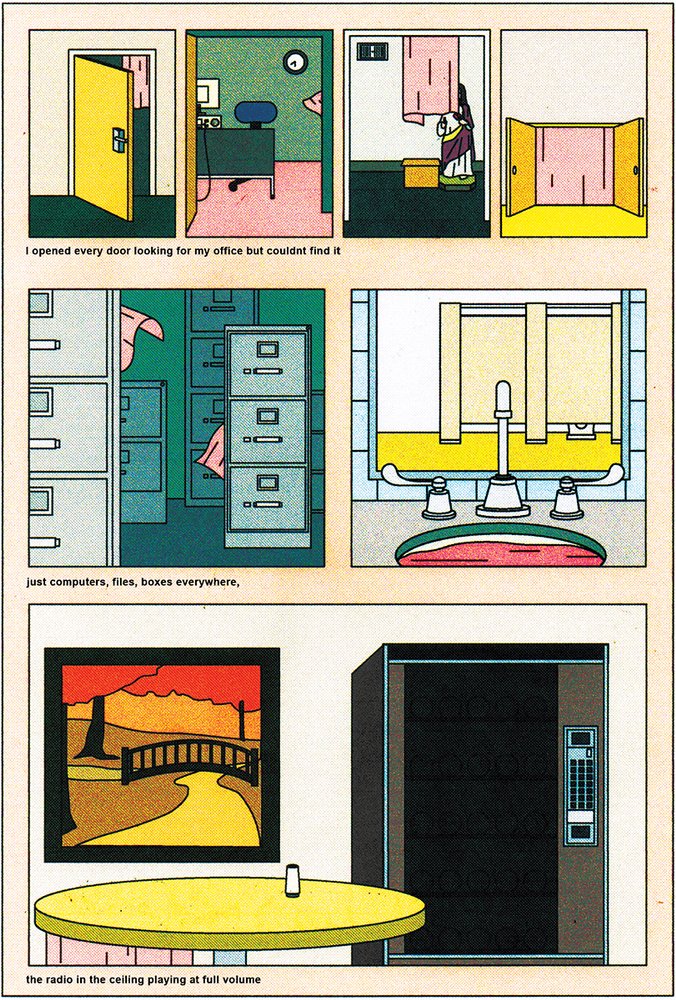
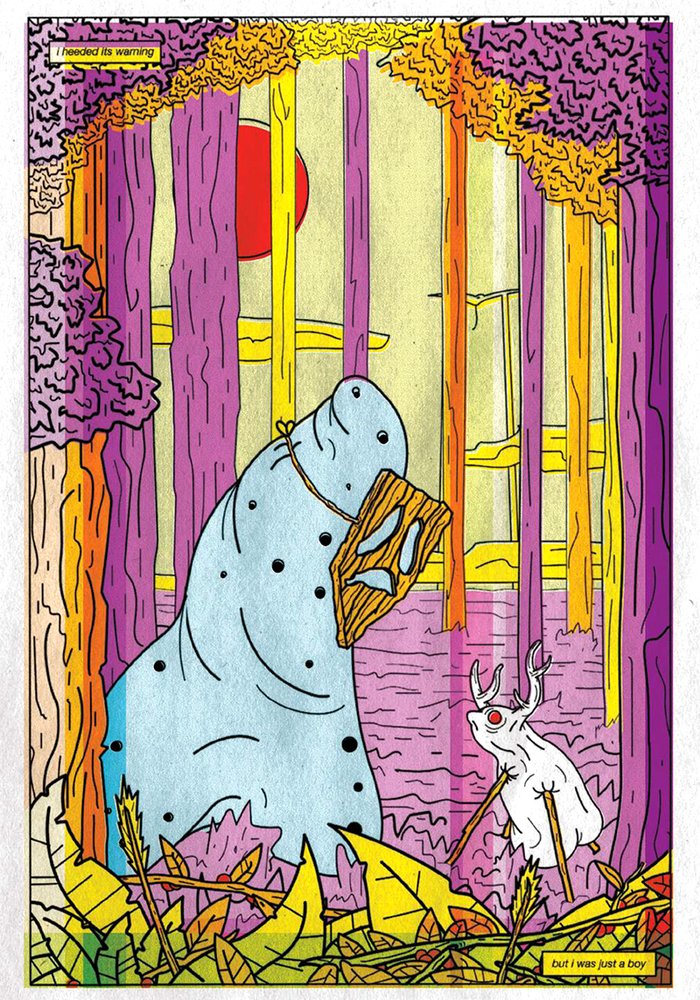
The second story, The Rabbit shifts gear almost entirely with a much brighter colour palette and a different style. While Ghost begins with an almost clinical “airport-cartoon” style, Rabbit moves on to a style reminiscent of Michael Deforge. It’s about a woodland creature on a pilgrimage who loses a friend. It’s a complete change of pace from the previous story, but manages to remain a compelling and strange tale.
Wylesol adopts a completely experimental aesthetic for Worthless, the final story of the book. In Worthless, panels and page structures becomes free, with words floating and reshaping themselves around images. If there’s a through line of story, it’s about an encounter between a teenager and a godlike entity at a 7-Eleven told in shapes and garish colours. There’s abstract imagery, a personal favourite being the Wal-Mart aerosol, that appears scattered on the pages. This encounter doesn’t end particularly well for the teenager, which leads to all sorts of wacky imagery on the page. The bright yellow and orange gives this comic a very intense visual style. Using bold primary colours here makes this story pops out of the page. It’s an interesting take on an encounter with the divine as told through a hazy, weird and loud filter. The colours and style are so bold, you either feel enthralled by the experience or you’re turned off completely.
Ghosts, Etc. is a surprising anthology in how it shifts from one tone and style dramatically in this book. Each story feels completely disconnected, and are so bold and different, it’s hard to process it. I think it’s why it took me so long to write something coherent about it. It’s a bold artistic and narrative statement. A poem made of subtlety and extravagance.
—
Ghosts, Etc.
George Wylesol
Avery Hill, 2014
£9.99 ($20 USD)
